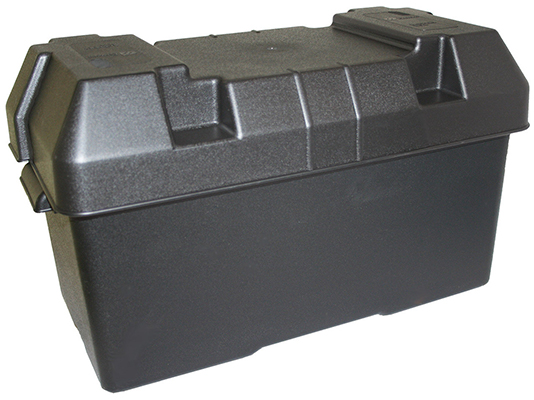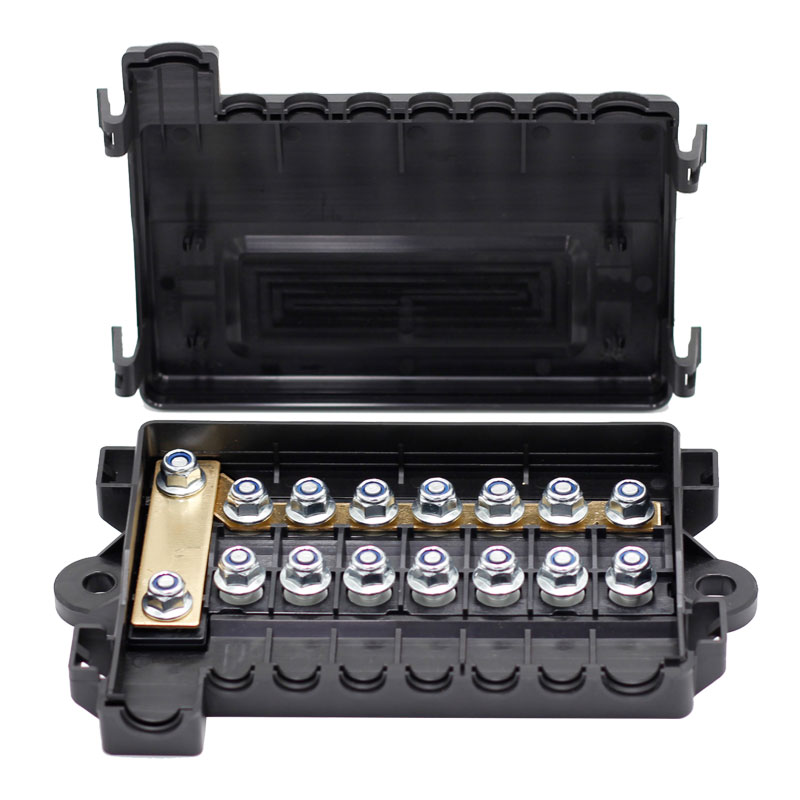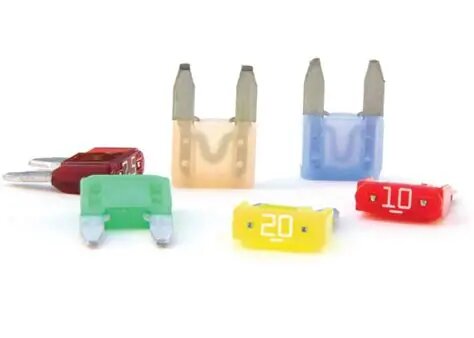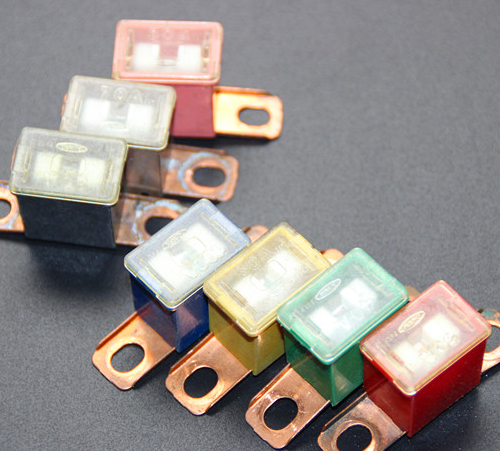Comprehensive Guide to Safely Removing Corrosion and Dirt from Automotive Battery Boxes for Optimal Performance
News 2025-10-20
Cleaning the battery box in your car is essential for maintaining reliable electrical performance and extending battery life. Corrosion and dirt accumulation can lead to poor connections, increased resistance, and potential safety risks, such as short circuits or battery failure. This is particularly important in real-world scenarios like driving in salty or humid conditions, where buildup accelerates. By addressing these issues proactively, you can enhance vehicle reliability, reduce maintenance costs, and ensure smoother starts, making it a key part of routine automotive care.

Preparing Your Tools and Workspace
Before beginning the cleaning process, gather the right tools to ensure efficiency and safety. Essential items include baking soda, distilled water, a wire brush, protective gloves, safety goggles, and a microfiber cloth. Choose a well-ventilated area to work in, as battery acids can produce harmful fumes. Having these materials ready not only streamlines the task but also minimizes risks, allowing for a more effective removal of corrosion and dirt while protecting the battery’s integrity.
Detailed Cleaning Steps
Start by disconnecting the battery cables, beginning with the negative terminal to avoid accidental sparks. Create a paste from baking soda and water, apply it liberally to corroded areas, and allow it to sit for several minutes to neutralize acids. Gently scrub with a wire brush to dislodge buildup, then rinse with clean water and dry thoroughly with a cloth. This method effectively eliminates corrosion and dirt, improving conductivity and battery efficiency, which is crucial for applications in demanding environments like frequent stop-start driving.
Ongoing Maintenance Practices
After cleaning, apply a protective coating such as petroleum jelly or anti-corrosion spray to the terminals to ward off future damage. Regularly inspect the battery box during oil changes or seasonal checks, and consider using terminal protectors for added defense. These practices not only sustain the performance gains from cleaning but also highlight the advantages in longevity and reliability, making them vital for users in corrosive climates or with high-mileage vehicles.
1. How often should battery box cleaning be done?
Every 6 months or immediately if corrosion is visible to maintain optimal function.
2. What tools are absolutely necessary for this task?
Baking soda, water, a wire brush, gloves, and goggles are essential for safe and effective cleaning.
3. Can cleaning improve battery life significantly?
Yes, by reducing resistance and preventing failures, it can extend battery life by several months or more.


